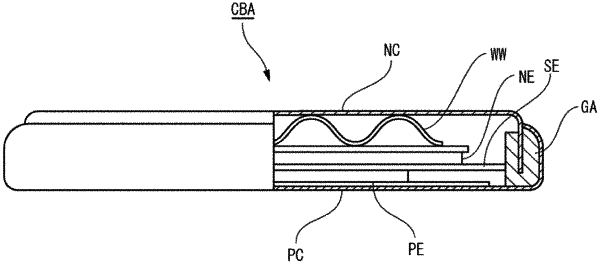| CPC H01M 4/505 (2013.01) [C01G 53/006 (2013.01); C01G 53/04 (2013.01); H01M 4/525 (2013.01); H01M 10/0525 (2013.01); C01P 2002/52 (2013.01); C01P 2002/74 (2013.01); C01P 2004/50 (2013.01); C01P 2004/51 (2013.01); C01P 2006/11 (2013.01); C01P 2006/12 (2013.01); C01P 2006/14 (2013.01); C01P 2006/40 (2013.01); H01M 2004/028 (2013.01)] | 16 Claims |

|
1. A nickel-manganese composite hydroxide represented by General Formula (1): NixMnyMz(OH)2+α (in Formula (1), M is at least one element selected from Co, Ti, V, Cr, Zr, Nb, Mo, Hf, Ta, Fe, and W; x satisfies 0.1≤x≤0.9, y satisfies 0.05≤y≤0.8, z satisfies 0≤z≤0.8, and x+y+z=1.0; and α satisfies 0≤α≤0.4) and containing a secondary particle formed of a plurality of flocculated primary particles, wherein
the nickel-manganese composite hydroxide has a half width of a diffraction peak of a (001) plane obtained by X-ray diffraction measurement of at least 0.35° and up to 0.50° and has a degree of sparsity/density represented by [(a void area within a cross section area of the secondary particle/the cross section area of the secondary particle)×100](%) within a range of greater than 10% and up to 22%.
|